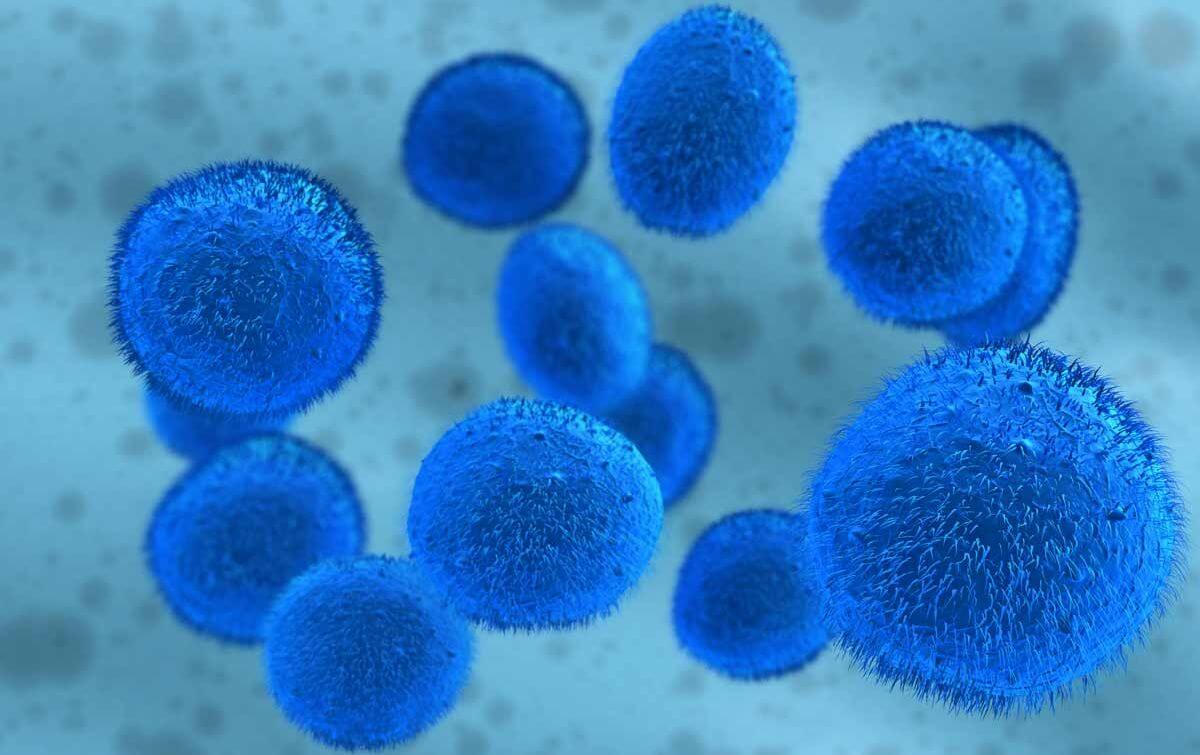
Stem cells are a stumbling block of many teams of researchers from different parts of the world. With their help, the researchers plan to treat a variety of diseases, including neurogenerative. But there is one big but hampering the development of this direction in science. Of course, we are talking about the cultivation of these cells. This process is difficult and very costly. Employees at Stanford University have managed to come up with a way that simplifies the cultivation of stem cells and scientists can make life considerably easier.
Modern methods of growing stem cells using the technology of 2D-surfaces. However, scientists need a lot of free space. And speaking of “a lot”, we are really talking about very spacious rooms. That is why it was decided to find an alternative method, space-saving and cost researchers. The answer was obvious: we must move from 2D to 3D growth technology. The solution was found in the polymer gel, allowing stem cells to grow in three-dimensional space, not in the same plane.
“For growing in 3D culture, we need laboratory space is only 16 square inches. For comparison, 2D-cultivation the same number of stem cells would be taken away from us in the space of 16 square feet. The difference is more than 100 times. Impressive, huh?” — shared with the press the main author of the study Chris Madl, PhD in bioengineering in the laboratory Heilshorn at Stanford.
New 3D gel will allow stem cells to interact with their environment, while remaining in contact with each other. Contact between cells is essential, as without it they quickly lose their regenerative properties and become unsuitable for use in the treatment. In addition, a new method of growing cells requires significantly less nutrients and energy. At the moment the new technology was tested exclusively in neural stem cells, which are suitable for the treatment of damaged spinal cord or, for example, Parkinson’s disease. In the future, the researchers plan to test the technique on other types of stem cells.
Scientists have created a 3D gel for more efficient cultivation of stem cells
Sergey Grey